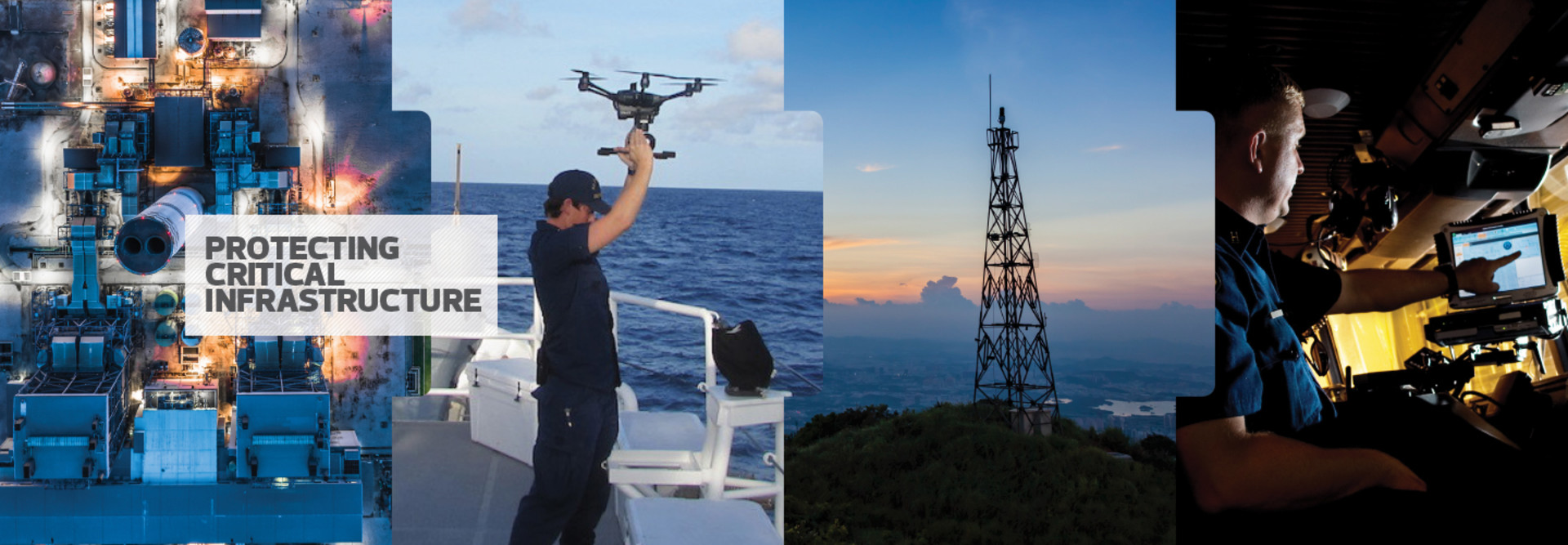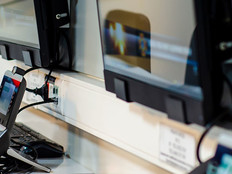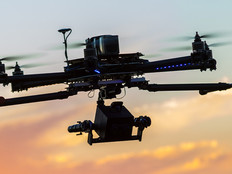Local Agencies Take the Lead on Critical Infrastructure Protection
As noted by a FEMA training document, “disasters always occur at the local level.” As a result, local agencies are responsible for acting as primary first responders, coordinating public-private response and notifying the state emergency management agencies with situation reports.
State organizations must activate their emergency operations centers to coordinate statewide assistance and determine if the disaster outstrips current capabilities. Finally, federal agencies must assess potential damage, assign emergency response teams and deploy disaster field offices to manage in-situ response. Bowman puts it simply: Effective disaster recovery is “federally supported, state managed and locally executed.”
What does this mean in practice? Local emergency responders familiar with their cities or towns complete objectives such as the closure of streets or the creation of shelters, often with the help of community groups or faith-based agencies.
State-level efforts include the deployment of hot spots, cellular towers and portable radios to empower both responder and resident communication, while federal response covers the coordination of multiple recovery organizations and the deployment of FEMA’s Disaster Emergency Communications Division. As noted by Bowman, DEC’s mobile trucks include UHF, VHF and satellite backhaul capabilities along with line-of-sight and near-line-of-sight microwave systems to help facilitate communications.
The challenge? The sheer scope of work creates natural fragmentation; in some cases, DEC personnel must work offline until critical services are restored. In others, lack of up-to-date local reporting can impact state-level assessments and requests. This helps explain the GAO analysis: Despite their best efforts, local, state and federal agencies often struggle to effectively collaborate during crisis.
The Tech and Processes Needed to Improve Emergency Communications
To streamline the deployment of recovery services and scale the impact of interagency communication, organizations are leveraging both people and processes to help close the communications gap. Key areas of improvement include:
-
Real-time communications: During a disaster, available resources are limited; as a result, many state and local organizations are turning to nonprofit agencies to help secure critical funding with consistent disaster messaging. According to Tanya Gulliver-Garcia, assistant director of Major Initiatives at the Center for Disaster Philanthropy, one key challenge is “keeping the sense of urgency with communications.” To keep current disasters top of mind and encourage charitable giving, the CDP curates a list of organizations that’s sent to potential donors with 24 hours and then regularly updated using tools such as Facebook Live, text messaging and push notifications. FEMA, meanwhile, has begun deploying drone-based “cellular on wheels” — also known as “flying COWs” — to help facilitate real-time information gathering.
-
App-based assistance: Bowman notes that the bulk of FEMA’s disaster recovery registrations are now submitted through the agency’s mobile application. Gulliver-Garcia notes that applications such as walkie-talkie emulator Zello are gaining ground; during hurricanes Harvey and Nate, the volunteer group the Cajun Navy used the app to recruit dispatchers from around the world to streamline recovery efforts.
-
Web interconnectivity: At the state level, evolving tools such as the Web Emergency Operations Center make it possible for counties and parishes to indicate resources needed and resources on hand; this allows state departments to create accurate situation reports and prioritize critical needs.
-
Inter-office integration: While technology plays a large role in improved disaster communication, Bowman notes that his organization is also leveraging FEMA integration teams to integrate federal personnel with state operations centers.
-
Cloud capacity: As noted above, FEMA’s app is now the go-to option for disaster registration. Although Bowman points to increased cellular redundancy and resiliency on the part of industry providers, he says the agency is “also working to move services to cloud solutions to help scale availability and redundancy.” This on-demand resource allocation is critical during disasters, when registrations can skyrocket from 100 per day to upward of 100,000: In 2017, FEMA took more registrations than over the past two decades.
According to Bowman, the agency is “committed to using technology efficiently and effectively to carry out FEMA’s mission.” But federal forces and funding can’t reduce disaster impacts in isolation; coordination across local, state and federal groups is required to maximize resource use and preserve resident safety.
Organizations are now leveraging real-time communications, mobile and web connections, in-office integration and increasing cloud adoption to help bridge the gap between catastrophe and coordination











